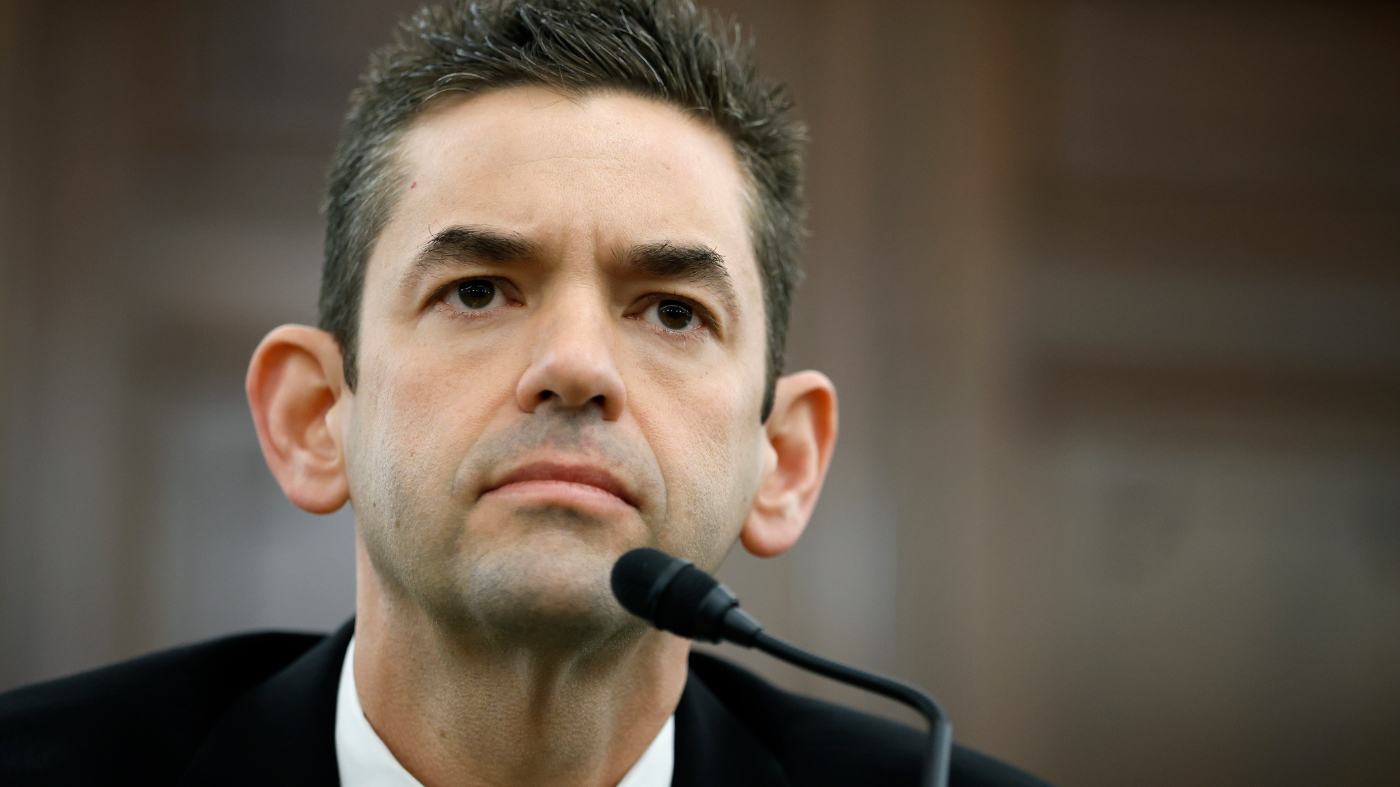Investigators have warned it will take time to unravel what went wrong when the Dali container ship slammed into a concrete column holding up the Francis Scott Key Bridge, causing its catastrophic collapse.
The 1.5 mile (2.4km)-long bridge fell upon impact, plunging eight construction workers into the water. Two were rescued on the day, the bodies of another two were recovered on Wednesday and the search continues for the other four, all presumed dead.
Aboard the ship were 764 tons of hazardous material, including sheen – used in paint – some of which has leaked into the Patapsco River.
The ship lost power just before the collision and recovery of the data recorder on Wednesday will shed more light on why the ship malfunctioned. The captain of the ship, the ship’s mate and two engineers have been interviewed by investigators.
This inquiry is likely to focus on two main areas – what was behind the catastrophic loss of power and whether the bridge should have better withstood the impact.
Video from the incident shows the Dali losing power in the moments before the collision. A power cut may have caused the ship’s crew to lose control of its steering, ultimately making them unable to control its trajectory.
Investigators are looking at whether contaminated fuel played a role in the ship losing power, the boss of the National Transportation Safety Board (NTSB) told reporters. Jennifer Homendy said they had collected a sample of the ship’s fuel to examine it.
Impure fuel can create problems with a ship’s engines and power generation.
“The vessel went dead, no steering power and no electronics,” an officer told Fox News. “One of the engines coughed and then stopped. The smell of burned fuel was everywhere in the engine room and it was pitch black.”
Audio from the ship’s “black box” recorder reveals the pilot of the ship had radioed for tugboat help after reporting the power loss, and had warned dispatchers that the ship was headed towards the bridge.
The crew’s efforts to mitigate the impact, including steering hard to port and dropping the anchor, proved fruitless. Less than three minutes later, the ship struck the bridge.
The Dali, measuring about three American football fields in length and piled high with shipping containers, was moving at about 8mph (12.8 km/h).
“This is a really big ship. And the momentum and energy associated with that ship moving even at just a couple of kilometres an hour is tremendous,” said Sanjay Raja Arwade, a professor of civil engineering at the University of Massachusetts Amherst.
At a press conference on Wednesday, Transport Secretary Pete Buttigieg said the Key Bridge was “simply not made to withstand a direct impact on a critical support pier from a vessel that weighs about 200 million lb (90,700 tonnes)”.
The Key Bridge was completed in 1977. At the time, the vessels it would have been designed to allow to pass under were much smaller than today’s behemoths, including the 95,000 gross-tonne Dali.
“The vessels that were crossing Baltimore Harbour back then – they don’t even compare,” said Norma Jean Mattei, a former president of the American Society of Civil Engineers.
“Design lifetimes are so long – over 100 years sometimes – that the demands on the structure can change in ways that are hard to foresee at the time of design and construction,” said Prof Arwade.
Ms Homendy of the NTSB said the bridge was in satisfactory condition but it did not have redundancies, meaning if a part of the bridge collapses then the whole bridge could collapse.
This is not the preferred method for building a bridge today, she said. Of the 615,000 bridges in the US, less than 3% are built this way.
Prof Arwade said designing redundancy into the columns holding up a long span bridge would be “exceedingly difficult to impossible”.
The NTSB is looking into how much the support piers were protected, if at all. Experts told The Conversation that it appears “dolphins” – protective barriers – were installed near the Francis Scott Key Bridge but did not prevent the vessel taking down the bridge.
It also appears the bridge did not have “fenders” – an added layer of protection around a bridge pier – that could have absorbed some of the impact.
Ms Mattei said that mitigating risk is about analysing probabilities in choosing where to spend money. Ultimately, authorities may have judged that the likelihood of a massive ship hitting one of the bridge’s supporting columns was too low to justify reinforcing them. “We have limited dollars to invest,” she said.
A salvage firm that helped contain the Deepwater Horizon oil spill in 2010 off the Gulf of Mexico – the largest in history – is now heading to Baltimore to begin recovery efforts.
Resolve Marine will be re-floating and removing the Dali ship, kickstarting efforts to restore the waterway for shipping.
Following the collapse, bridge owners around the world will be evaluating how to ensure a similar catastrophe does not happen again, said David Knight of the Institution of Civil Engineers.
“Lessons will be learned, and they will help us design and build even safer bridges,” he said.




